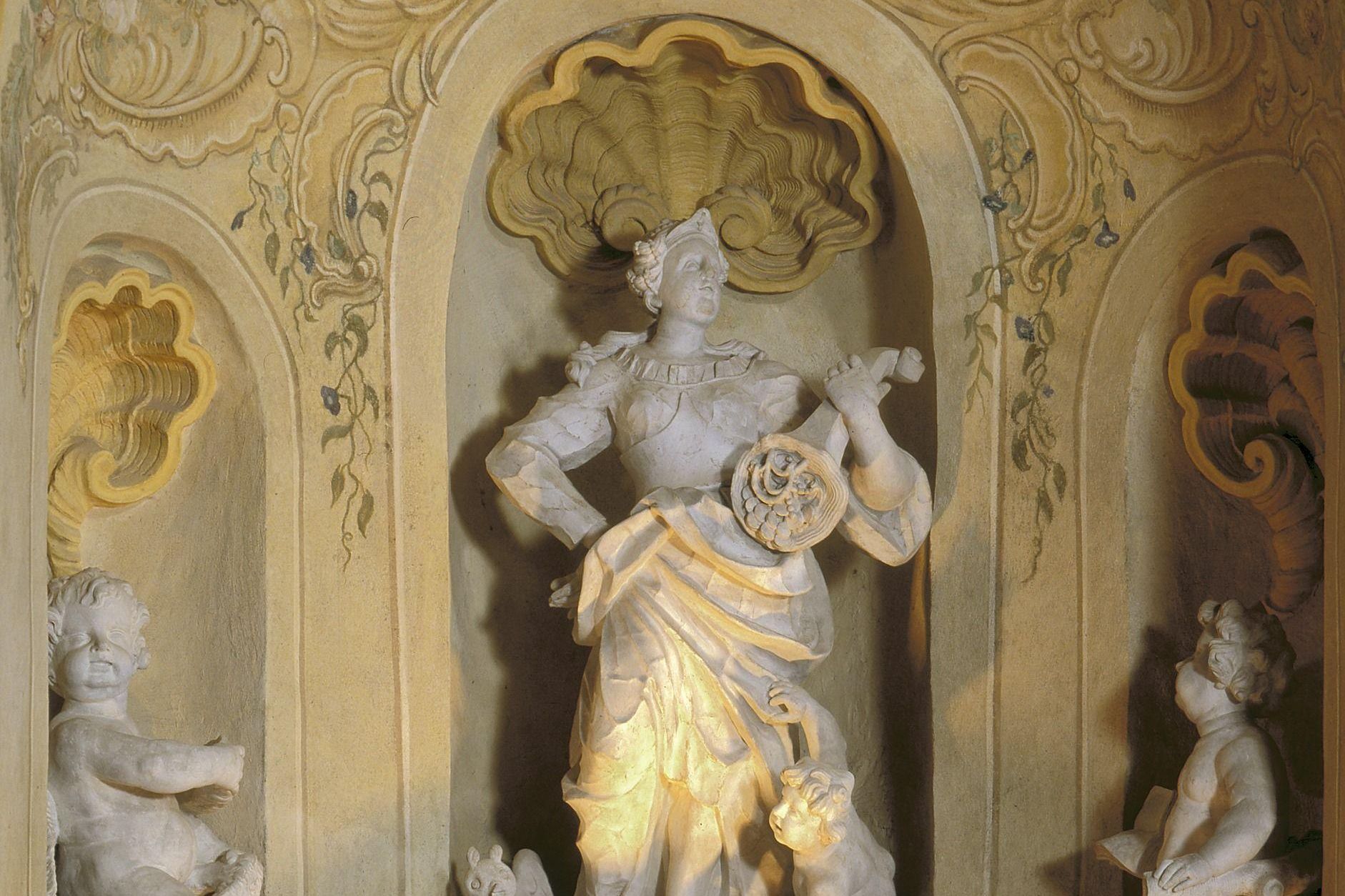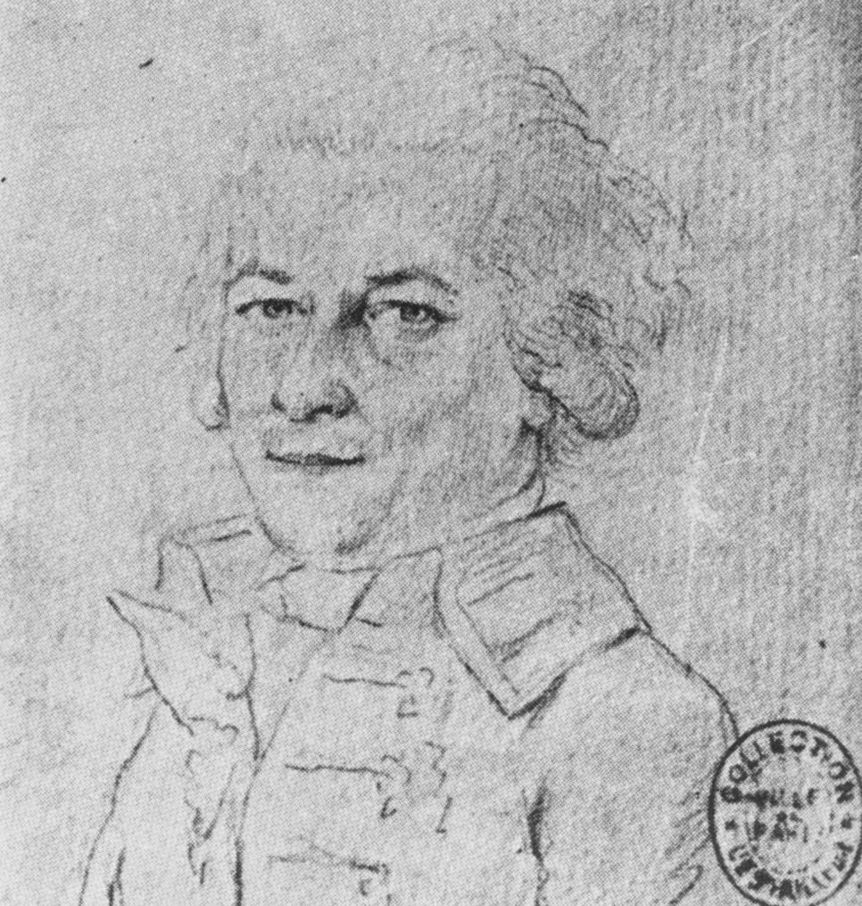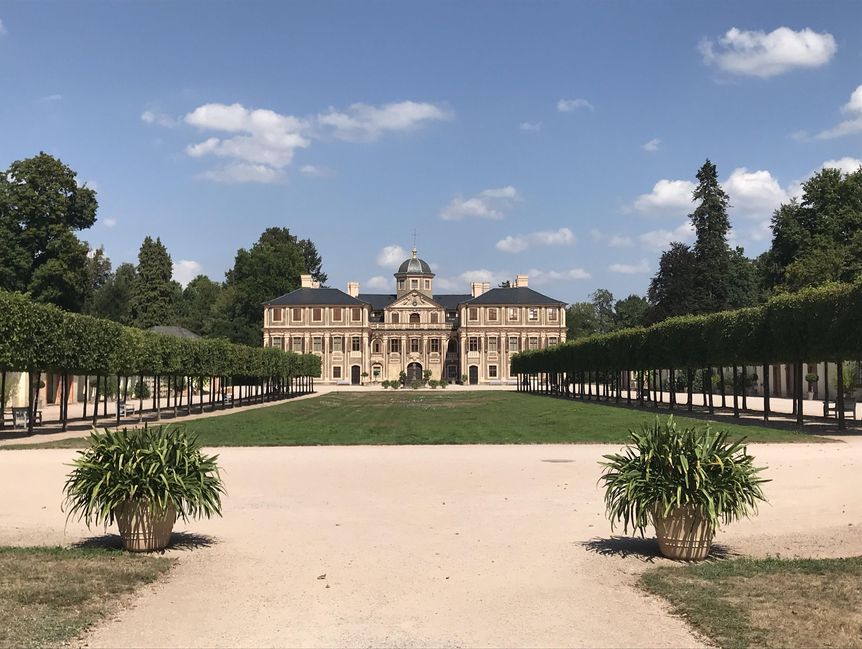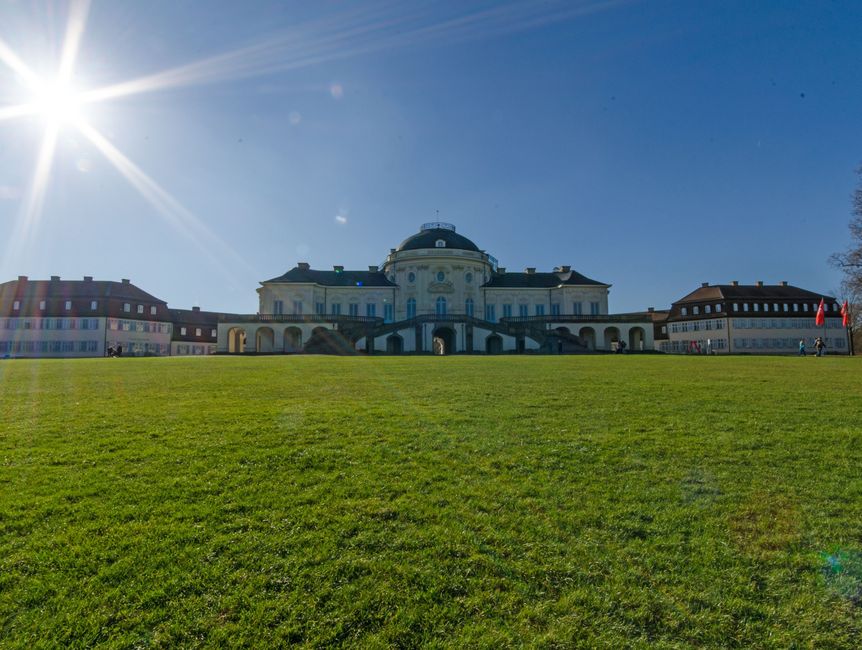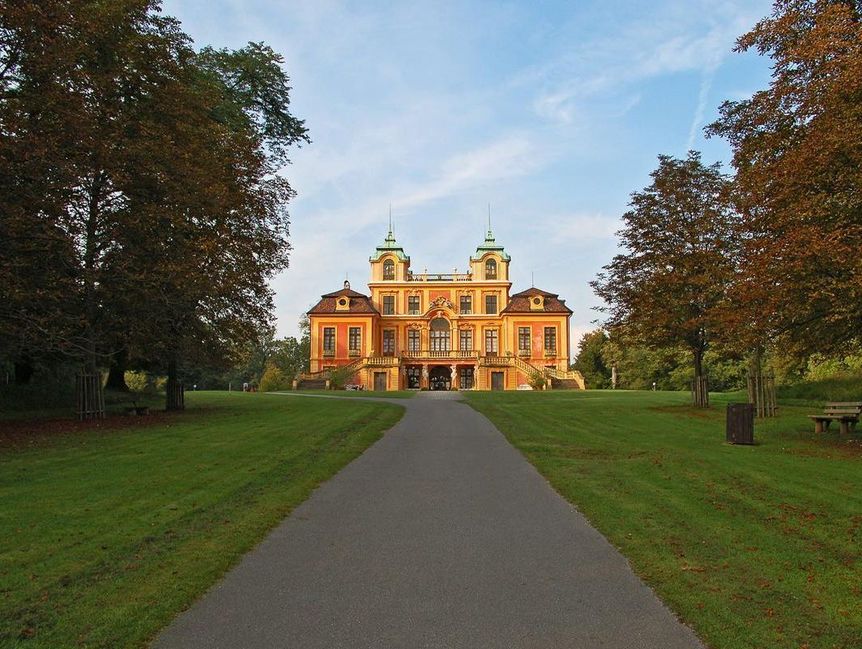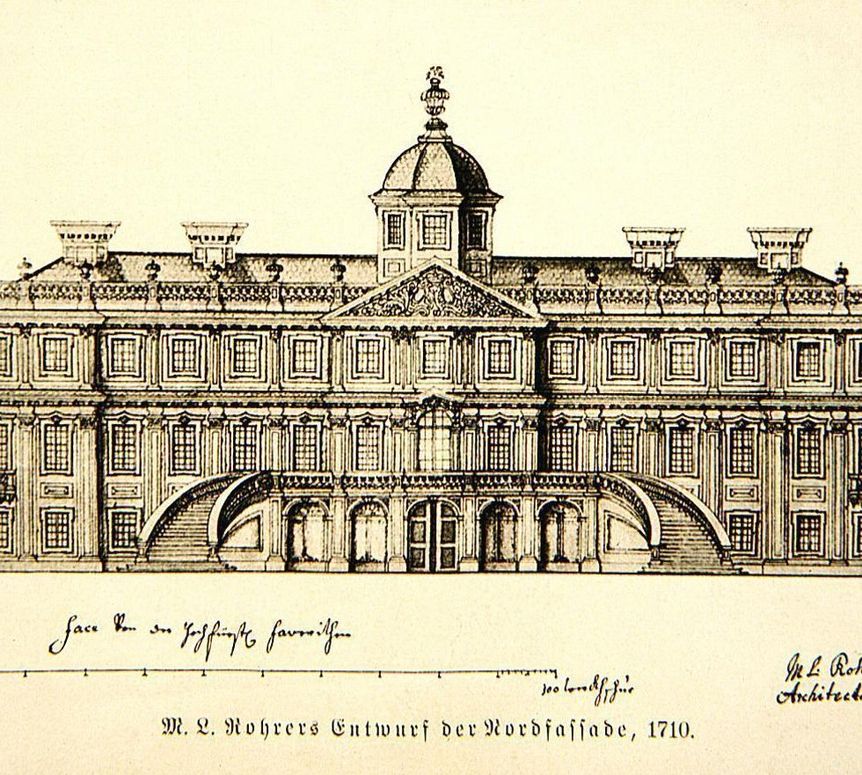A retreat for the margravineThe Baroquepleasure palace
Rastatt Favorite Palace was built as a pleasure palace for Margravine Sibylla Augusta von Baden-Baden. In the 18th century, many rulers had such a “maison de plaisance” built as a place for private celebrations. The architectural designs originated in France.



